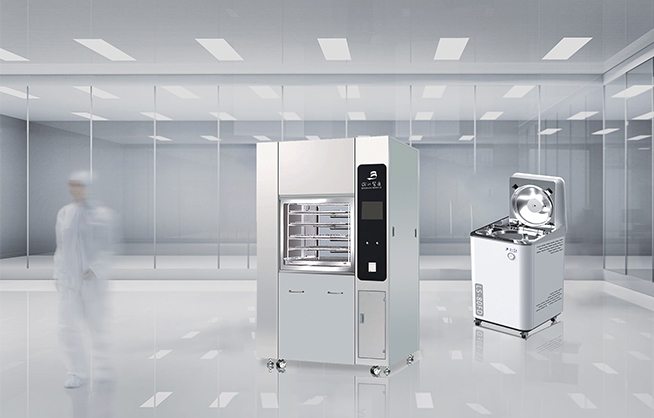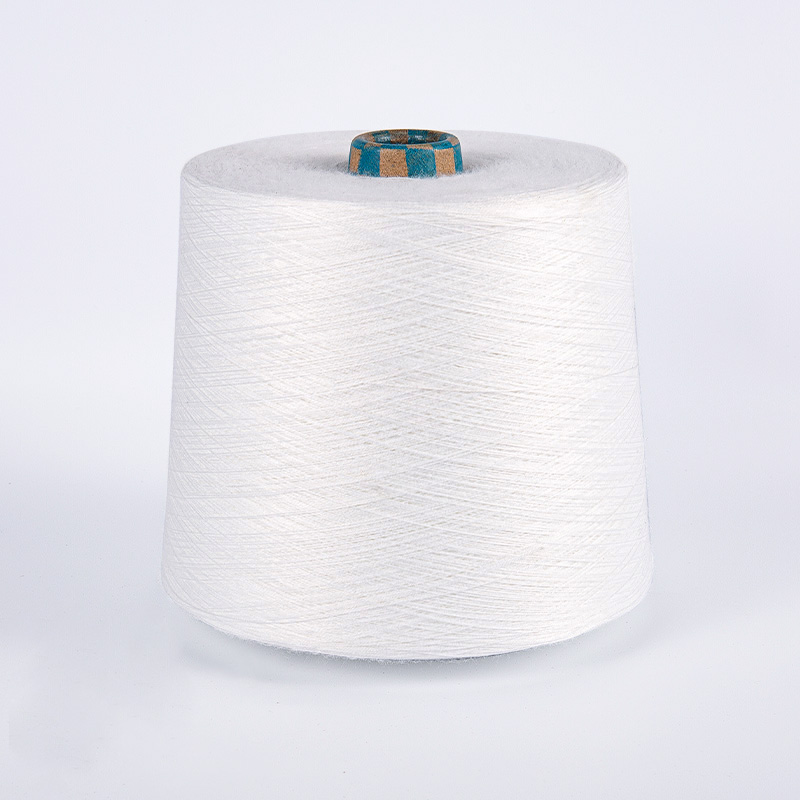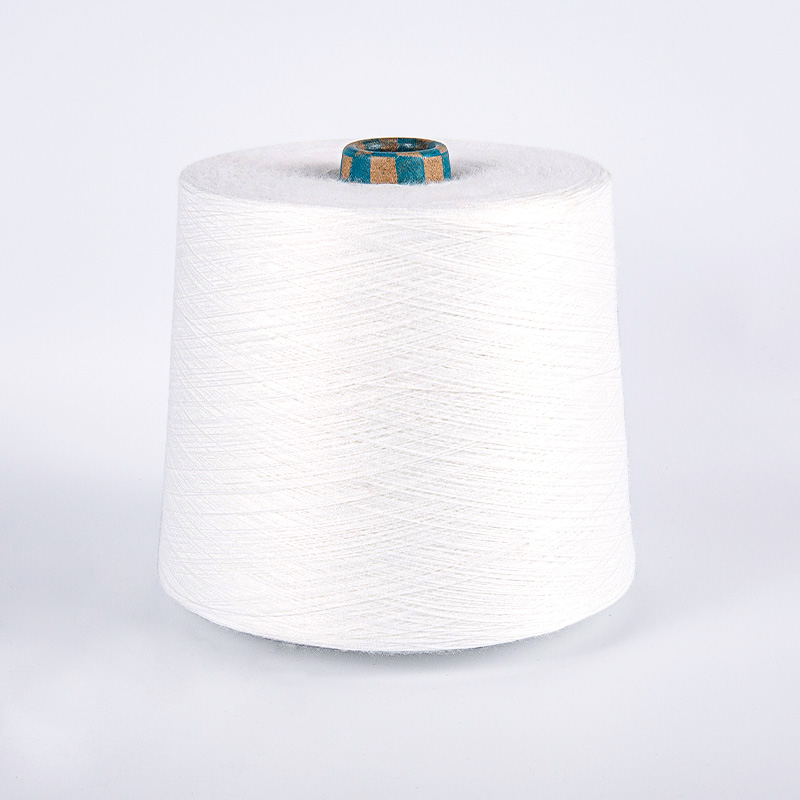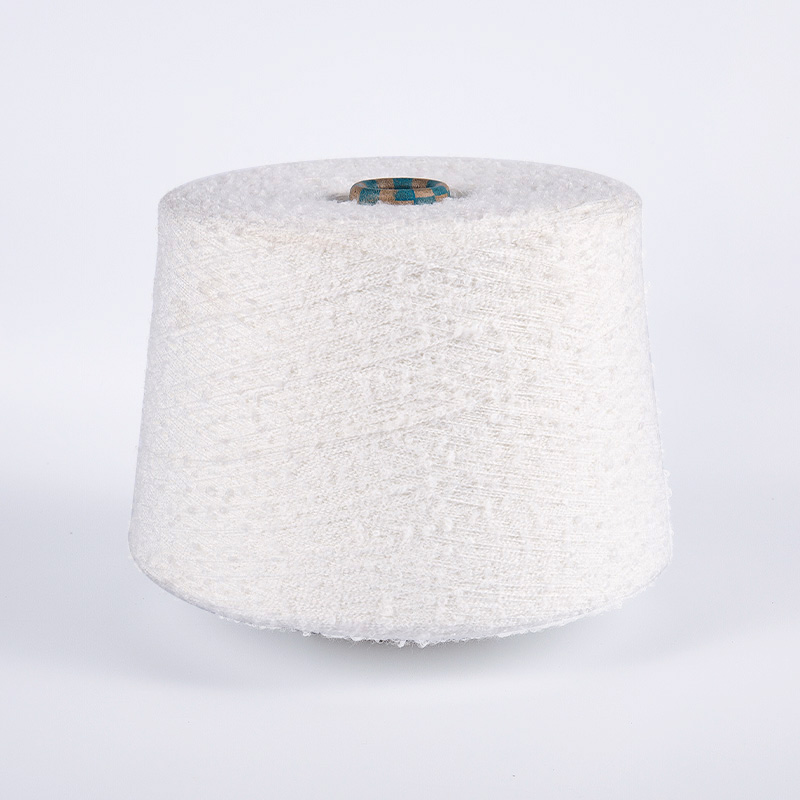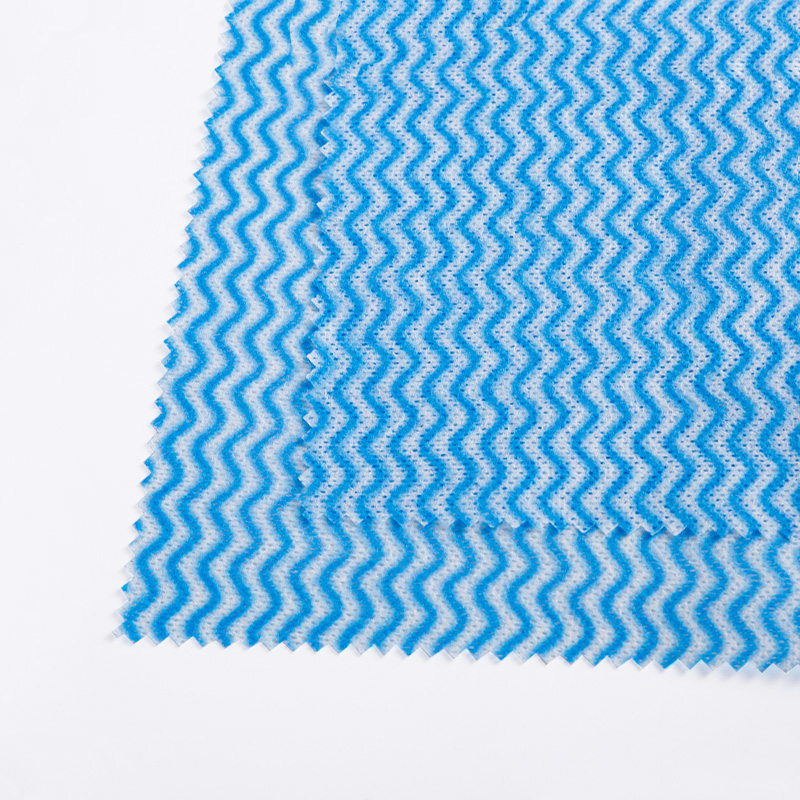
Wet Wipes Non-Woven Fabric: The Core Strength of Modern Cleaning Technology
Posted by Admin | 08 May
In the fast-paced modern life, convenient and efficient cleaning products are increasingly favored by consumers, and wet wipes are one of the most representative products. Whether in baby care, personal hygiene, medical facilities, or daily household cleaning, the use of wet wipes has become the norm. However, few people pay attention to the key material supporting this cleaning revolution-Wet Wipes Non-Woven Fabric. This material is neither woven nor knitted, but with its unique structure and performance, it has changed people's definition of cleaning.
The so-called non-woven fabric refers to a type of material that does not require traditional spinning and weaving processes, and directly bonds fibers into a mesh structure through physical or chemical methods. In the manufacturing process of wet wipes, the advantages of this non-traditional fabric are brought into full play. Compared with traditional cotton fabrics, non-woven fabrics are lighter, softer, more absorbent, more durable, and have extremely high processing flexibility. It can not only quickly absorb liquids and stains, but also is not easy to shed, and is cleaner and neater during use.
From the perspective of raw materials, wet wipes non-woven fabrics are mainly composed of chemical fibers such as polyester (PET), viscose (Viscose) or polypropylene (PP). Some high-end products also introduce natural fibers such as cotton and bamboo fibers to enhance skin touch and environmental friendliness. In the manufacturing process, spunlace, air-through, thermal bonding and other processes are widely used, among which spunlace is particularly common. This process uses high-pressure water flow to entangle the fibers together without using any adhesives, thereby creating a soft but structurally stable fabric layer. Spunlace non-woven fabrics not only retain the feel of traditional textiles, but also have the efficiency of industrial production. It can be said to be the "golden choice" among wet wipes materials.
The performance of wet wipes non-woven fabrics is also highly technological. Manufacturers can achieve diversified requirements in terms of water absorption, softness, tensile strength, wear resistance, etc. by changing the fiber ratio, mesh density and post-processing process. For example, in baby wipes, the emphasis is on gentle skin-friendliness and non-irritation, so the non-woven fabrics selected are usually more inclined to natural ingredients, with finer fibers and smoother touch. In kitchen wipes or industrial cleaning wipes, more emphasis is placed on strength and decontamination ability, and higher requirements are placed on the wear resistance and liquid carrying capacity of the material.
On the production side, the manufacture of wet wipes non-woven fabrics is also combined with modern automation and intelligent processes. By precisely controlling the fiber arrangement and spunlace pressure, manufacturers can accurately control the thickness and uniformity of the fabric, thereby improving the consistency of product quality. By performing functional treatments such as antibacterial, deodorant, and moisturizing on non-woven fabrics, wet wipes are not just a "wiping tool", but also a composite cleaning solution that carries a variety of technological components.
As consumers' demand for health and quality continues to upgrade, the application scenarios of wet wipes are also expanding. From the initial baby care to today's beauty and skin care, pet cleaning, medical care, and even electronic product surface treatment, the functions of wet wipes non-woven fabrics have been infinitely extended. Behind all this, it is the continuous evolution and technological iteration of Wet Wipes Non-Woven Fabric as a supporting material that has made the modern cleaning industry efficient and convenient.
+86-18058809000
+86-571 86218111



 English
English 中文简体
中文简体
